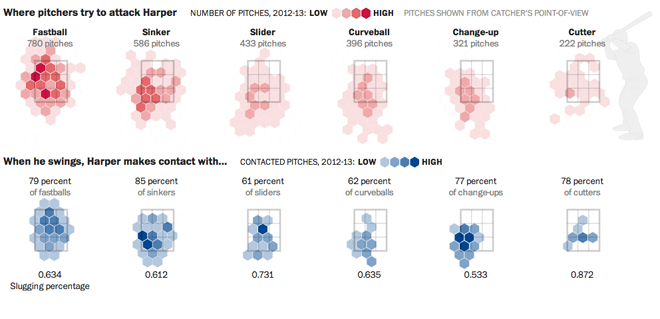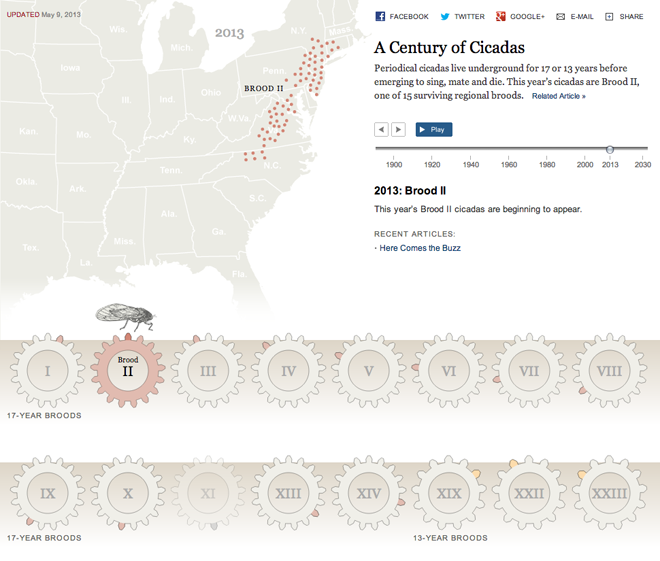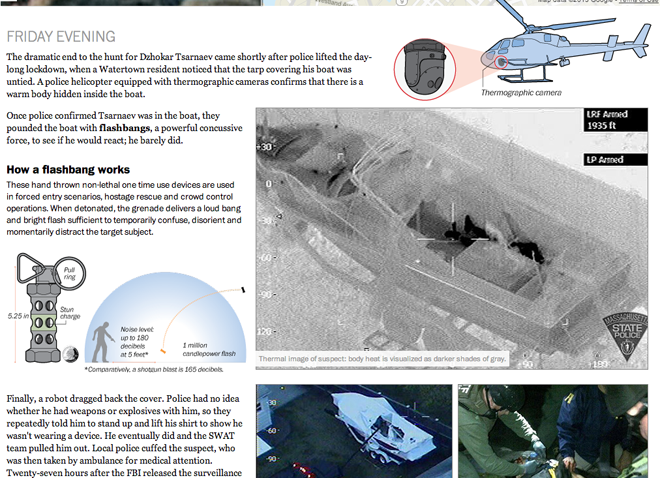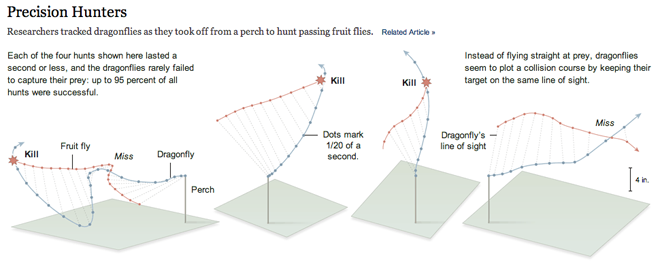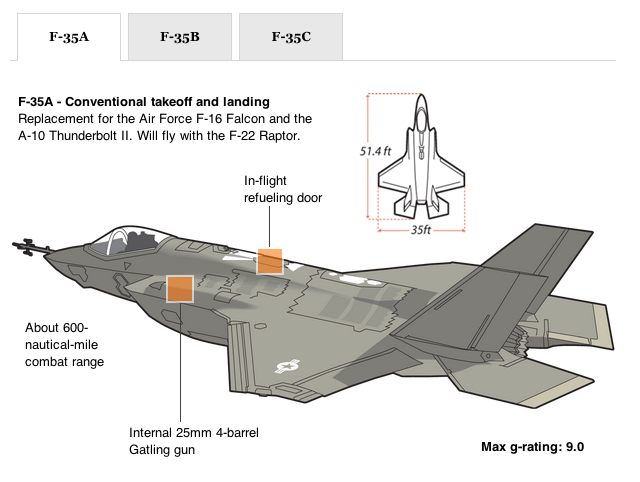More formally known as Operation Chastise, the Dambusters Raid occurred just over 70 years ago on 16 May 1943. That night, 19 RAF Lancaster bombers flew over the English Channel with the objective of busting open three dams to flood and cripple the electricity- and water-supplies to the all-important German Ruhr industrial valley.
Canada’s National Post looked at the bombing raid not just because of the story but also because the unit consisted of not just British airmen, but also those from Canada along with Australia and New Zealand. Per usual, their graphics team did an excellent job illustrating the details of the raid. They traced the route, explained how the unusual bombs were carried, released, and detonated and then looked at the success of the mission.
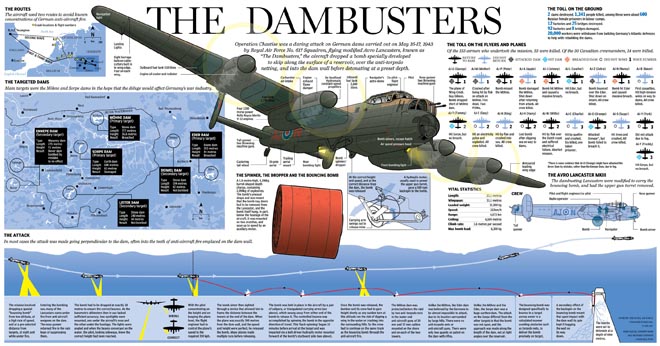
Credit for the piece goes to Mike Faille, Andrew Barr, and Richard Johnson.


